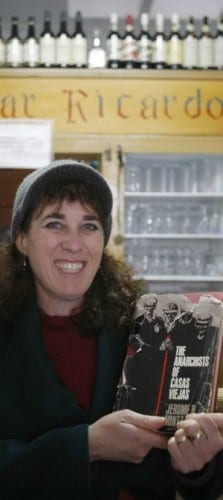HE died on the very same day as William Shakespeare, but where he is buried remains as much a mystery as the meaning of his book Don Quixote.
But now scientists have been given the green light to begin searching for the body of Spain’s most famous writer Miguel de Cervantes Saavedra.
Experts are set to use specialist geo-radar equipment at a convent in Madrid in a bid to unearth his bones.
Evidence has existed since 1870 of undiscovered burial sites underneath Las Trinitarias convent in the Las Letras district of the capital.
The city’s heritage department has allotted €12,000 to find the body, dig it up, perform tests and then rebury it.
Cervantes died a poor man in the capital on April 23, 1616, aged 69.
His bones could reveal whether he died of cirrhosis, as it has been claimed, the writer being a notoriously heavier drinker.
“They may not just help us to discover what he looked like, but also why he died,” said historian Fernando Prado.
“It is said that he was very ill late in life, but that is also when he was very productive as an author.”
It is known that he had earlier suffered a gunshot wound to the chest and damage to his left hand at the Battle of Lepanto in 1571 which may help identify the correct body.
He was survived by one daughter, meaning a DNA sample could be used if any descendants are found.
His masterpiece, Don Quixote, has been translated into more than 60 languages.
It is hoped the work can be carried out by 2016, when there are plans for a joint global celebration to mark the anniversaries of the death of Cervantes and Shakespeare.









I HAVE BEEN A STUDENT OF CERVANTES FOR 50 YEARS AND I JUST WISH EVERYONE WOULD LET THIS GENIUS REST IN PEACE AND GIVE HIM THE RESPECT HE RICHLY DESERVES!